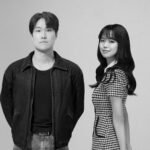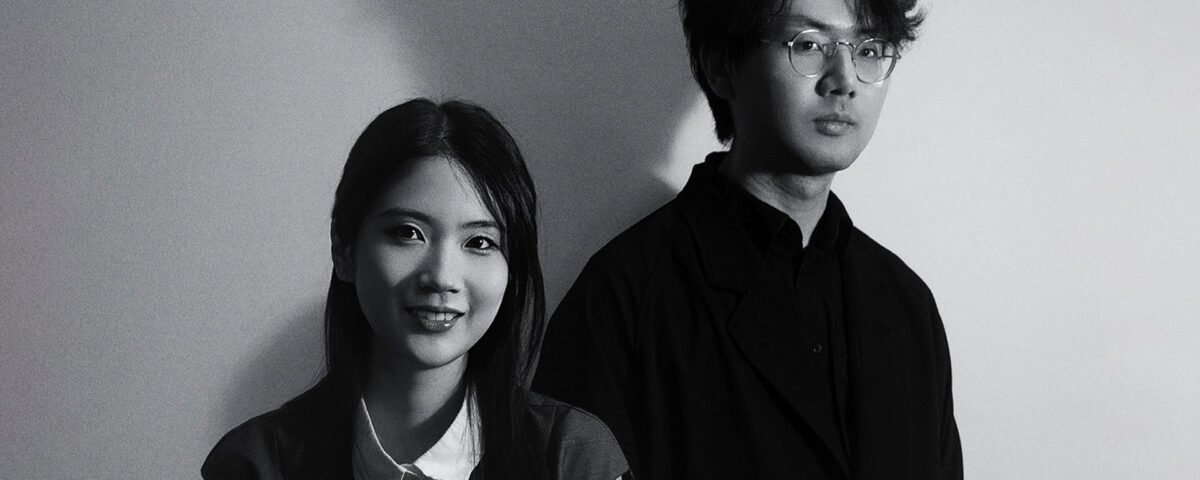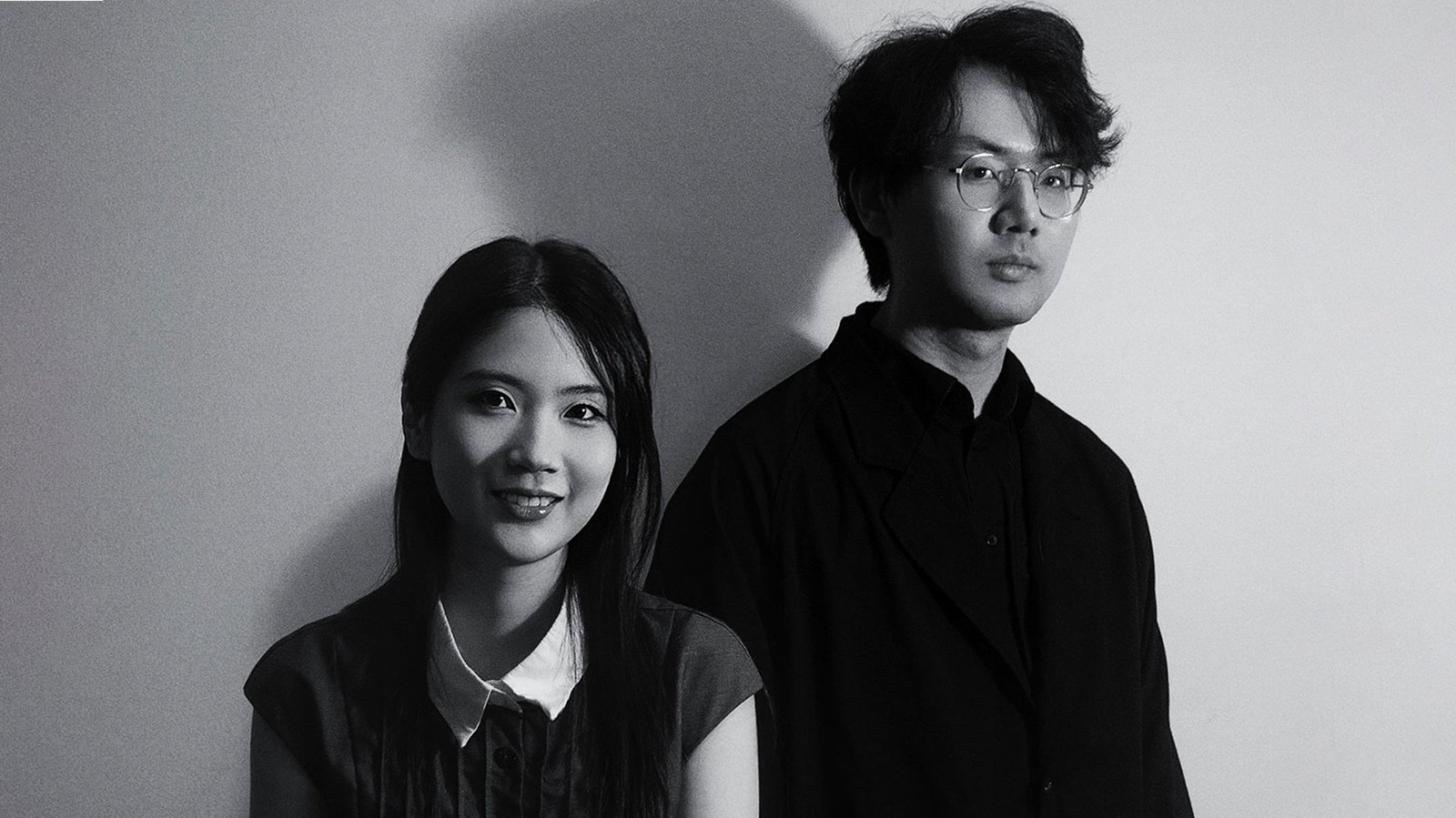
Crossing Disciplines, Shaping Perceptions: The Work of Inna Efimova
June 24, 2025
Global Roots, Everyday Design: A Dialogue with Songwon Kim & Sanghwan Lee
June 24, 2025Fan Liu and & Hao Chang
Fan Liu and Hao Chang, architects based in New York and originally from China, combine emotional sensitivity and structural clarity in their work. Their project Arbor Vista reflects Liu’s belief in architecture as social responsibility and Chang’s passion for creating spaces people can touch, feel, and be inspired by every day.
Fan Liu: We are architects based in New York, originally from China. I’ve always been fascinated by how space affects people. As a child, I loved observing nature and the transformation of cities. Later, through studying architecture, I realized that design is a powerful medium to connect people, culture, and the environment. To me, design is not just about form or structure—it’s also a social responsibility.
Hao Chang: One of the most profound impacts of architecture is that it physically exists—people can touch it, feel it, and be inspired by it every day.
Fan Liu: It’s a great encouragement and a meaningful affirmation. I’ve long been exploring how architecture can intervene in natural environments with a gentle yet powerful presence. The award-winning project—a birdwatching tower—is located within an ecological preserve. We designed it as an abstract tree: sheltering people, inviting birds, and symbolizing protection. MUSE’s recognition reassures me that this design direction is needed, understood, and valued.
Hao Chang: It’s a profound validation of my belief that design can transcend functionality to become a form of storytelling. This recognition fuels my ambition to keep pushing boundaries and reminds me that daring to innovate can resonate globally. It’s not just an award—it’s a call to keep creating fearlessly.
Fan Liu: This award has opened new conversations around ecological architecture, public space, and experimental structure. It has brought wider recognition within the professional community and led to inquiries from institutions interested in sustainability and cultural expression. It has also reinforced our team’s confidence in exploring the relationship between architecture, environment, and spatial ethics.
Hao Chang: For my team, it solidified trust in our vision, fostering a culture where bold ideas thrive. Media features and speaking invitations have opened doors to advocate for sustainable, human-centric design on larger platforms.
Fan Liu: For us, experimentation is closely tied to structural innovation. The awarded birdwatching tower is a perfect example—it features a dramatic, tree-like structure formed by three interlocking triangular wood columns supporting a wide, canopy-like platform. This defies conventional post-and-beam systems. The form is both sculptural and structural, designed to embody protection and lightness. Through this project, I gained deeper confidence in bridging structural logic with spatial storytelling.
Hao Chang: We build many physical models in the design process, with the belief that bringing it into physical form is the best proof that a bold idea can work.
Fan Liu: The inspiration for this tower came while on a trail when I saw an old tree in the forest. Its trunk was incredibly slim at the base but still supported a full, wide canopy. That natural proportion deeply moved me, and I translated that upward expansion into architectural language. The structure echoes how birds perch and rest in trees, merging biomimicry with symbolic spatial logic. I often find the most meaningful ideas come not from architecture itself, but from quietly observing the non-architectural world.
Hao Chang: We have other projects that are inspired by a melting ice shard’s fractured light. Translating that into the tower, we carved apertures in rammed earth walls to channel sunlight into kaleidoscopic streaks, evoking ice’s transient beauty. At noon, the floor becomes a canvas of light; by dusk, it fades—a daily reminder of nature’s ephemeral artistry.
Fan Liu: Conceptual design is often misunderstood as abstract or impractical. In reality, our tower uses minimal foundation points and lightweight structure to create a spatial presence that feels almost suspended in nature. It’s not just a form—it offers shelter, guides movement, and provides ecological value. Every decision responds to environmental and user needs. For me, the design process doesn’t start by solving a problem—it starts by asking a question and imagining a future.
Hao Chang: Everything can be a source of inspiration. The tower’s bird alcoves required studying avian behavior, wind patterns, and seasonal light angles. A building should breathe with its environment, aging gracefully, and hosting other species. Architecture’s true success? When swallows nest in your walls before the ribbon is cut.
Fan Liu: Listening is essential. I never insist on a single concept at the beginning. Instead, I focus on understanding the client’s needs, the site context, and the deeper aspirations behind the project. From there, I guide the process toward a direction that is both original and mutually meaningful. I believe great design is always co-created.
Hao Chang: It’s natural for people with different interests to have different expectations, but there is always common ground to start from and build trust.
Fan Liu: The biggest challenge was integrating structural performance with ecological sensitivity. The tower is situated near a wetland, so we had to minimize ground disturbance while ensuring wind resistance. We conducted numerous rounds of structural studies and collaborated closely with engineers to create a solution that was both environmentally respectful and technically sound.
Hao Chang: We had to do everything within a tight timeframe, and I’m happy our hard work paid off.
Fan Liu: I go hiking—I love being on trails. There’s something about walking through nature at a slower pace that resets my mind. I’ve found that inspiration often comes not when I push for it, but when I slow down and let my thoughts breathe. Those quiet moments on the trail are when ideas start to flow again, naturally and gently.
Hao Chang: Retreating to nature is always a great idea. Nature is the best creator, and we need to tune our senses to be most sensitive to the beauty created by nature, time, and life.
Fan Liu: I care deeply about the ideas of “being seen” and “being cared for.” Having worked on many public projects, I understand how design can emotionally affect people. I want my spaces to be non-intrusive, places where people feel safe, respected, and welcome. This tower, for instance, is designed to quietly accompany its visitors—it doesn't demand attention, but it offers presence.
Hao Chang: I design for the “pause.” That heartbeat when someone stops, tilts their head, and notices light pooling on the floor like spilled liquid gold. My buildings are full of these pauses—corners where wind whispers through reeds, or a sunbeam hits a stairwell just so. Life’s too short for spaces that don’t steal your breath.
Fan Liu: Don’t be afraid of complex problems. The most powerful designs often begin where there is no clear answer. Also, learn to communicate—not to persuade others to agree with you, but to invite them into your way of seeing the world.
Hao Chang: Design with life—not just for it. Let light guide you, let materials speak, and leave room for the unexpected (like a bird’s nest). Study Kahn’s mastery of luminescence, but remember: monumentality can be quiet. A tower that shelters swallows is as eternal as any pyramid.
Fan Liu: I would choose Peter Zumthor, without hesitation. His architecture doesn’t seek visual spectacle but conveys deep emotion through details and materiality. His sensitivity to light, texture, and even scent has deeply influenced me. I hope one day to create a space with him that doesn’t require explanation—one that simply resonates, is felt, remembered, and quietly transformative.
Hao Chang: Louis Kahn. While our styles diverge—he sought the eternal, I chase the ephemeral—I’d want to explore how light defines form. Imagine merging his monumental gravitas with my obsession for transient beauty: a space where sunlight etches stories onto raw stone, blurring time itself.
Fan Liu: I wish someone would ask: “How do you want your space to be used?”
My answer would be that I hope it’s slow, silent, and strong. Even if someone stands quietly in the tower for ten minutes, watching the birds pass overhead, I want them to feel that the space is speaking to them.
Hao Chang: “What will your buildings do after 100 years?”
My answer to that question would be: it will be more beautiful as it’s taken over by nature and time.
Fan Liu and & Hao Chang
Fan Liu and Hao Chang, architects based in New York and originally from China, combine emotional sensitivity and structural clarity in their work. Their project Arbor Vista reflects Liu’s belief in architecture as social responsibility and Chang’s passion for creating spaces people can touch, feel, and be inspired by every day.
Explore the journey of Yingci Zhong, the Gold Winner of the 2025 MUSE Design Awards. She crafts playful, meaningful experiences—turning emotions and sounds into tangible moments. With roots in industrial design, her work invites exploration.







